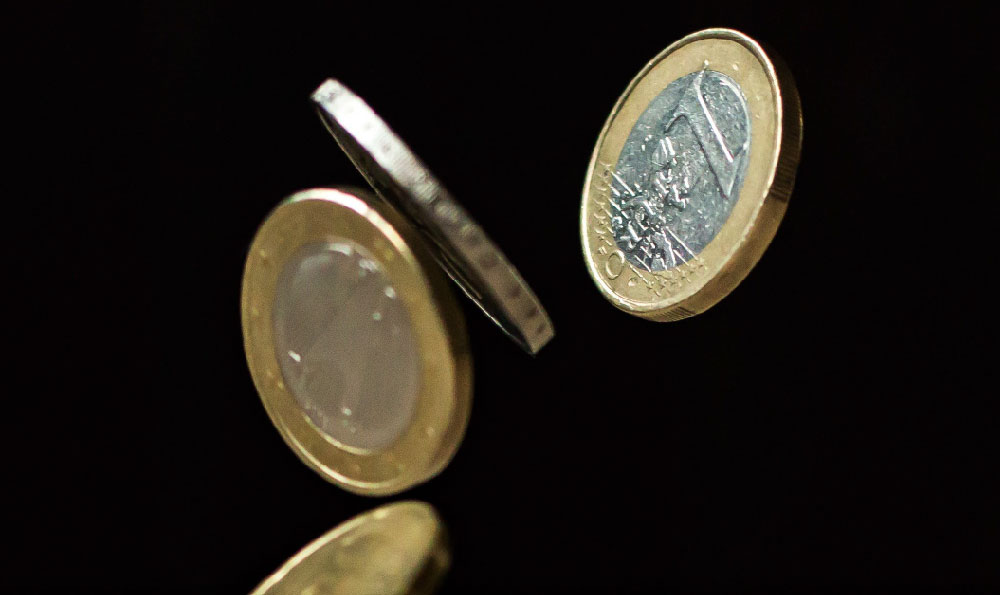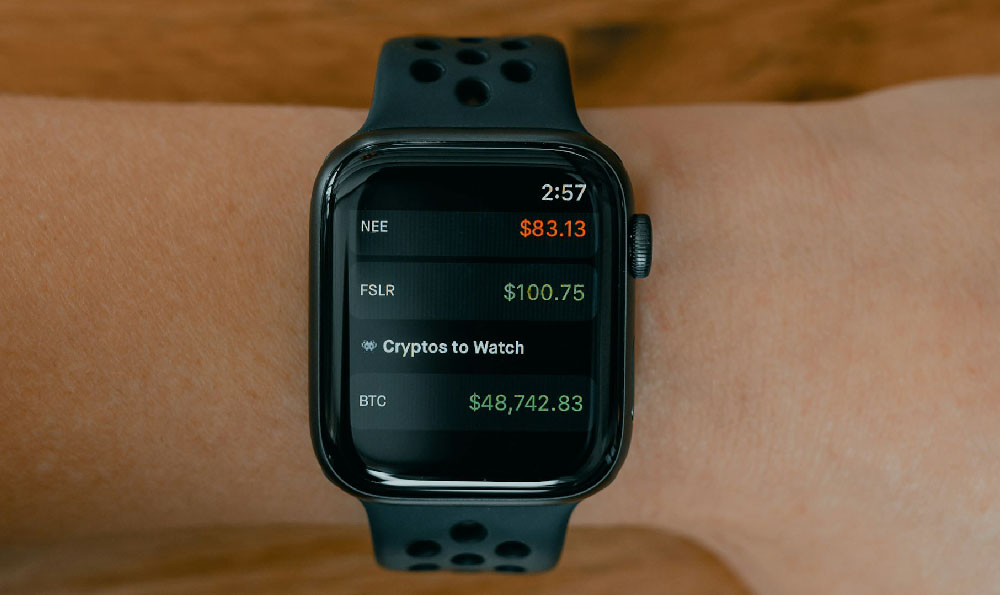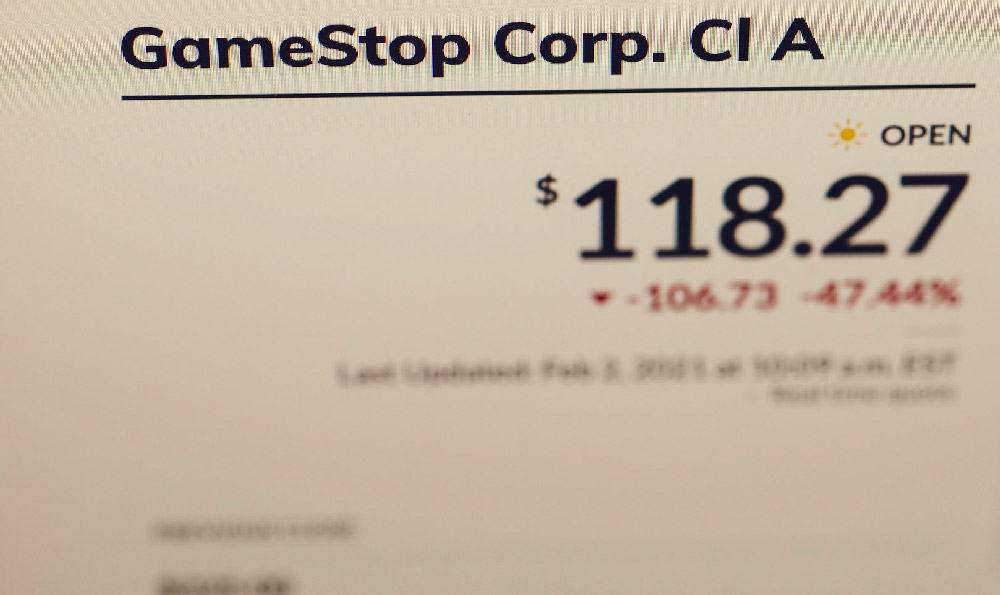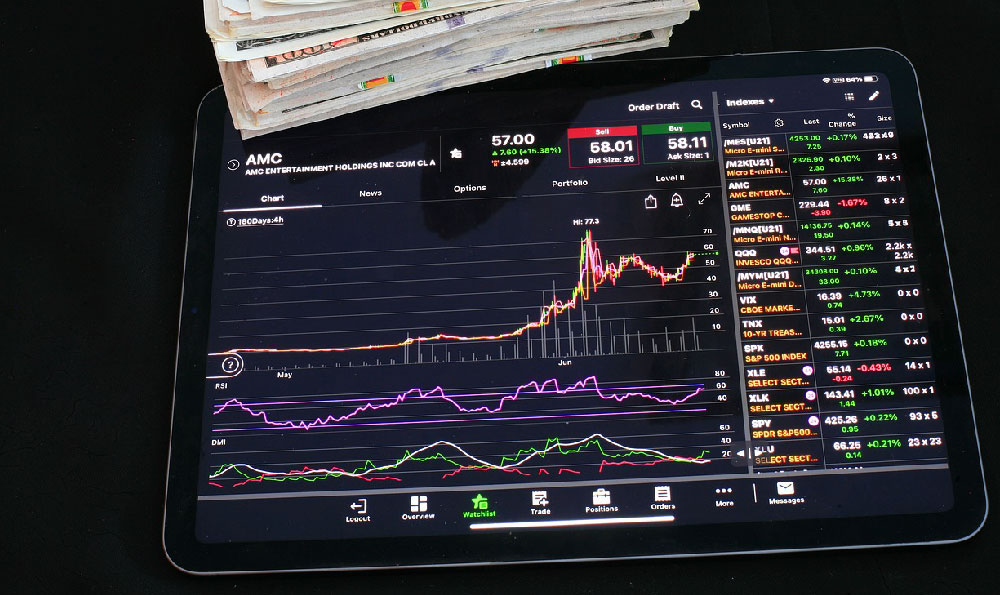Navigating the world of cryptocurrency can feel like traversing a complex maze, especially when it comes to managing your digital assets and converting them into usable currency. Selling USDT (Tether) on MetaMask, a popular cryptocurrency wallet, can present some challenges, and understanding alternative platforms like Keepbit can be beneficial. Let's break down the process and explore how to effectively sell your USDT, considering both the direct route through decentralized exchanges and the potential advantages of using centralized platforms.
MetaMask, primarily a browser extension and mobile app, is designed to interact with decentralized applications (dApps) and the Ethereum blockchain. While it doesn't directly facilitate the traditional "selling" of USDT for fiat currency, it serves as a crucial gateway to decentralized exchanges (DEXs) where you can swap USDT for other cryptocurrencies, which can then be converted into fiat.
The primary method for selling USDT on MetaMask involves using a DEX. Platforms like Uniswap, SushiSwap, or PancakeSwap (if your USDT is on the Binance Smart Chain) are common choices. The first step is ensuring you have sufficient ETH (or BNB for PancakeSwap) in your MetaMask wallet to cover transaction fees, also known as gas fees. These fees are essential for processing transactions on the blockchain. Without enough ETH, your transaction will fail.

Once you have sufficient ETH for gas, connect your MetaMask wallet to the DEX of your choice. Most DEXs have a prominent "Connect Wallet" button, usually located in the top right corner of the screen. Upon clicking this, MetaMask will prompt you to grant the DEX permission to connect to your wallet. This is a standard procedure, but always double-check the website URL to ensure you are on the genuine DEX site and not a phishing site designed to steal your cryptocurrency.
After connecting your wallet, navigate to the "Swap" or "Exchange" section of the DEX. Here, you'll select USDT as the token you want to sell and choose the cryptocurrency you want to receive in exchange. Commonly, people swap USDT for ETH, which is more readily convertible into fiat on centralized exchanges. Specify the amount of USDT you wish to sell. The DEX will typically display an estimated exchange rate and the amount of the other cryptocurrency you will receive. Pay close attention to the "slippage" setting. Slippage refers to the difference between the expected price of the trade and the actual price you receive. High slippage can occur during periods of high volatility or low liquidity. You can usually adjust the slippage tolerance in the DEX settings. A lower slippage tolerance means your transaction is less likely to go through if the price changes significantly, but it also protects you from getting a much worse price than anticipated.
Before confirming the transaction, review all the details carefully, including the amount of USDT being sold, the expected amount of the other cryptocurrency being received, the gas fee, and the slippage. Once you're satisfied, click the "Swap" button. MetaMask will then pop up, displaying the transaction details and asking you to confirm. This is your last chance to review everything before the transaction is broadcast to the blockchain. Confirm the transaction in MetaMask.
The transaction will then be processed on the blockchain, which can take anywhere from a few seconds to several minutes, depending on network congestion and the gas fee you paid. You can track the progress of your transaction using a blockchain explorer like Etherscan (for Ethereum transactions) or BscScan (for Binance Smart Chain transactions). Once the transaction is confirmed, the swapped cryptocurrency will appear in your MetaMask wallet.
Now, to convert this cryptocurrency into fiat currency, you'll typically need to transfer it to a centralized exchange (CEX) like Coinbase, Binance, Kraken, or Gemini. These exchanges offer fiat on-ramps and off-ramps, allowing you to buy and sell cryptocurrencies for traditional currencies like USD, EUR, or GBP.
Create an account on a reputable CEX and complete the necessary KYC (Know Your Customer) verification process. This usually involves providing personal information and uploading identification documents. Once your account is verified, obtain the deposit address for the cryptocurrency you just swapped your USDT for (e.g., ETH).
In MetaMask, send the cryptocurrency to the deposit address you obtained from the CEX. Double-check the address carefully to avoid sending your funds to the wrong address, as such transactions are irreversible. After the cryptocurrency arrives in your CEX account, you can then sell it for fiat currency and withdraw the funds to your bank account.
This entire process, while functional, can be somewhat cumbersome and involves several steps. This is where platforms like Keepbit come into play. Keepbit, while not directly integrated with MetaMask, potentially offers a more streamlined approach by acting as a centralized platform for buying, selling, and managing cryptocurrencies. If Keepbit supports direct USDT trading and fiat on/off-ramps, it could simplify the process.
The advantage of using a platform like Keepbit (assuming it offers the necessary features) lies in potentially lower fees, faster transaction times, and a more user-friendly interface. Instead of going through the decentralized exchange route, you could transfer your USDT directly from MetaMask to your Keepbit account (if Keepbit provides a USDT deposit address). From there, you could sell your USDT for fiat currency directly on the Keepbit platform and withdraw the funds to your bank account. This eliminates the need for multiple transactions and the complexities of navigating DEXs.
However, it's crucial to thoroughly research and vet any centralized platform like Keepbit before entrusting it with your cryptocurrency. Consider the following:
- Security: Does the platform have robust security measures in place to protect your funds from hacking or theft? Look for features like two-factor authentication (2FA), cold storage of funds, and regular security audits.
- Reputation: What is the platform's reputation within the cryptocurrency community? Read reviews and check for any reports of security breaches or customer service issues.
- Fees: What are the platform's trading fees, deposit fees, and withdrawal fees? Compare these fees to those of other exchanges to ensure you're getting a competitive rate.
- Liquidity: Does the platform have sufficient liquidity for USDT trading? Low liquidity can lead to slippage and difficulty executing trades at the desired price.
- Regulation: Is the platform regulated by any financial authorities? Regulation can provide an added layer of protection for users.
In summary, selling USDT on MetaMask typically involves using a decentralized exchange to swap it for another cryptocurrency and then transferring that cryptocurrency to a centralized exchange to convert it into fiat currency. Platforms like Keepbit, if they offer direct USDT trading and fiat on/off-ramps, can potentially streamline this process, but it's essential to conduct thorough research and due diligence before using any centralized platform to ensure its security and reliability. Always prioritize security and never invest more than you can afford to lose. Remember to keep your private keys safe and never share them with anyone.












